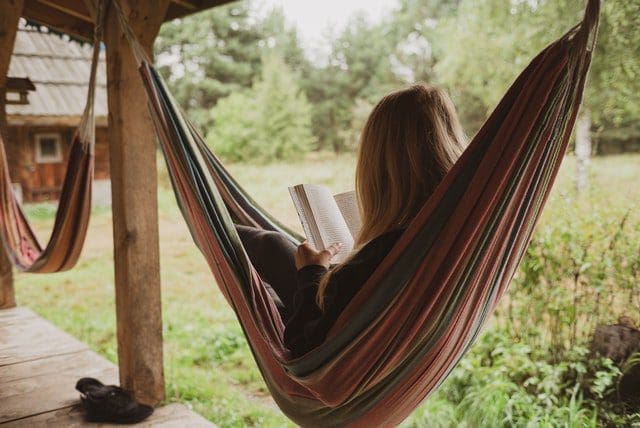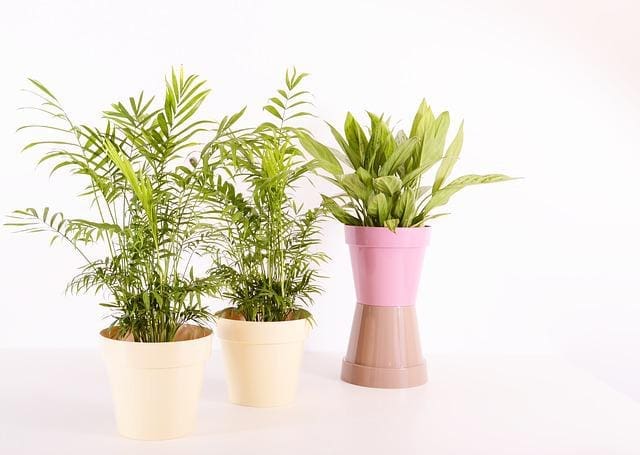Over time, gardens can begin to look dull and need a facelift. Maybe your plants have seen better days, or your once-pristine pathways are now cluttered and cramped. Even a rundown patio can impact the overall feel of your garden. Maybe a professional started your outdoor space, but now you want to take control and put your personal touch on things. If you think it’s time to redesign your outdoor garden, here are seven tips to help get you started.
1. Incorporate Pathways and Seating
If you want your garden to be functional and beautiful, you’ll need to incorporate some pathways and seating. Pathways will help you move around your garden easily, while seating will provide a place to rest and enjoy the view. You can use many different materials for pathways, from gravel and stones to pavers and bricks. You can even use recycled materials like old bottles, plates, or pieces of metal.
As for seating, you could use anything from a simple bench to a more elaborate garden swing. You could also consider teak garden dining sets if you have the space. Just make sure that you choose materials that will withstand the elements and that the seating is comfortable.
2. Use Plastic Containers as Flowerpots
If you’re on a budget, consider using plastic containers like flowerpots. You can often find them very cheaply at discount stores or even the dollar store. Just make sure to drill some drainage holes in the bottom before adding soil and plants. The holes should be big enough to allow water to drain but small enough to keep the soil from washing out.
Some flowerpot containers may be beautiful in their own right, but if you want to add a little extra flair, consider painting them with exterior-grade paint or even wrapping them in burlap or twine. You can cut the top off plastic bottles and use those as mini pots for succulents or cacti.
3. Welcome Helpful Insects
Incorporating insects into your garden design can be beneficial for both your plants and the overall ecosystem. By providing habitats for pollinators such as bees, butterflies, and ladybugs, you can increase the amount of pollination and natural pest control in your garden. One way to achieve this is by introducing honey bees into your garden. These insects are not only important pollinators, but they also produce honey which is a valuable resource. You can purchase honey bees for sale from a local beekeeper or online, but make sure to do proper research on the proper care for them before acquiring them. This can lead to healthier plants and higher yields.
In addition, In-ground composting can actually help with pest control in your garden. When you compost in an above-ground bin or pile, the decomposing organic materials can attract pests such as flies, rodents, and other unwanted insects. In-ground composting, on the other hand, can help reduce pests’ attraction because the decomposing materials are buried underground. This can also help reduce the odor of composting, which can attract pests.
Furthermore, if you add crushed eggshells to your in-ground compost, the sharp edges of the eggshells can deter pests such as slugs and snails from eating your plants. Additionally, using compost as a soil amendment can help improve your plants’ health and make them more resistant to pests and diseases. Check Subpod’s list of compostable items if you’re getting started with composting.
4. Get Creative with Garden Layout
When it comes to garden layout, the sky’s the limit. You can create any garden you want, as long as it suits your needs and tastes. If you’re not sure where to start, here are a few ideas to get you started.
The first thing to consider is the size of your garden. How much space do you have to work with? Do you want a small, intimate garden or something more spacious? Once you know the size of your garden, you can begin to plan out the different areas.
One popular option is to have a separate area for vegetables and another area for flowers. This not only looks beautiful, but it also helps keep things organized. If you don’t have enough room for two separate areas, you could always combine them into one big garden.
Another option is to have a focal point in your garden. This could be a beautiful tree, a fountain, or even a piece of sculpture. Whatever you choose, make sure it’s something that will draw the eye and add interest to your garden.
You can also get creative with the shape of your garden. For example, why not create a meandering path that leads to different areas if you have a long garden? Or, if you have a square garden, you could break it up into sections with pathways. The possibilities are endless so let your imagination run wild.

5. Hang a Hammock
Who doesn’t love a good hammock? Not only are they perfect for taking a snooze on a hot day, but they can also add a touch of whimsy to your garden. If you have the space, consider hanging one between two trees or from the rafters of your porch or patio.
Hanging a hammock is a great way to add some relaxation to your garden. Just make sure you choose a well-shaded spot with two strong trees or posts to support the weight. You’ll also want to be sure to check the weight limit of your hammock before buying it.
Check out Hardie Boys to know more about the types of porch column wraps.
6. Add Some Garden Art
Garden art is a great way to personalize your outdoor space. You can find garden art at your local home improvement store or online. Consider adding a garden statue, gazing ball, or birdbath. If you’re feeling creative, you could even make your garden art. For example, you could use old metal pieces to create a wind chime or sun catcher. Or you could repurpose an old pot as a planter. Just be sure to seal any porous materials with a clear sealant to protect them from the elements.

7. Invest in Self-Watering Pots
If you’re short on time or don’t have a green thumb, self-watering pots are a great solution. These pots have a built-in reservoir that slowly releases water to the plant as needed. This eliminates the need for you to water your plants every day. It’s also a great way to reduce water waste.
Self-watering pots are available in various sizes, shapes, and colors. You can even find them with built-in drainage systems to prevent overwatering. Be sure to choose pots made from durable materials like plastic or ceramic. The only downside of self-watering pots is that they can be expensive. But if you’re serious about redesigning your garden, they’re definitely worth the investment.
8. Add an Outdoor Rug
An outdoor rug can add color, pattern, and texture to your space. It’s also a great way to define different areas in your garden. For example, you could use an outdoor rug to create a seating area or define a path. Outdoor rugs are available in various materials, from natural fibers like sisal and jute to synthetic materials like polypropylene.
In addition, outdoor rugs are usually treated with a waterproof or water-resistant coating, so they’re easy to clean and care for. Just vacuum or sweep them regularly to prevent dirt and debris from building up. With so many options, you’re sure to find an outdoor rug that fits your style. Just be sure to choose a durable material that can withstand the elements.
Now that you have some tips on redesigning your garden, it’s time to start. Be sure to take your time and plan out your space before getting started. This will help ensure that your garden is both beautiful and functional. And don’t forget to enjoy it. Taking the time to relax in your garden is a great way to unwind after a long day.


